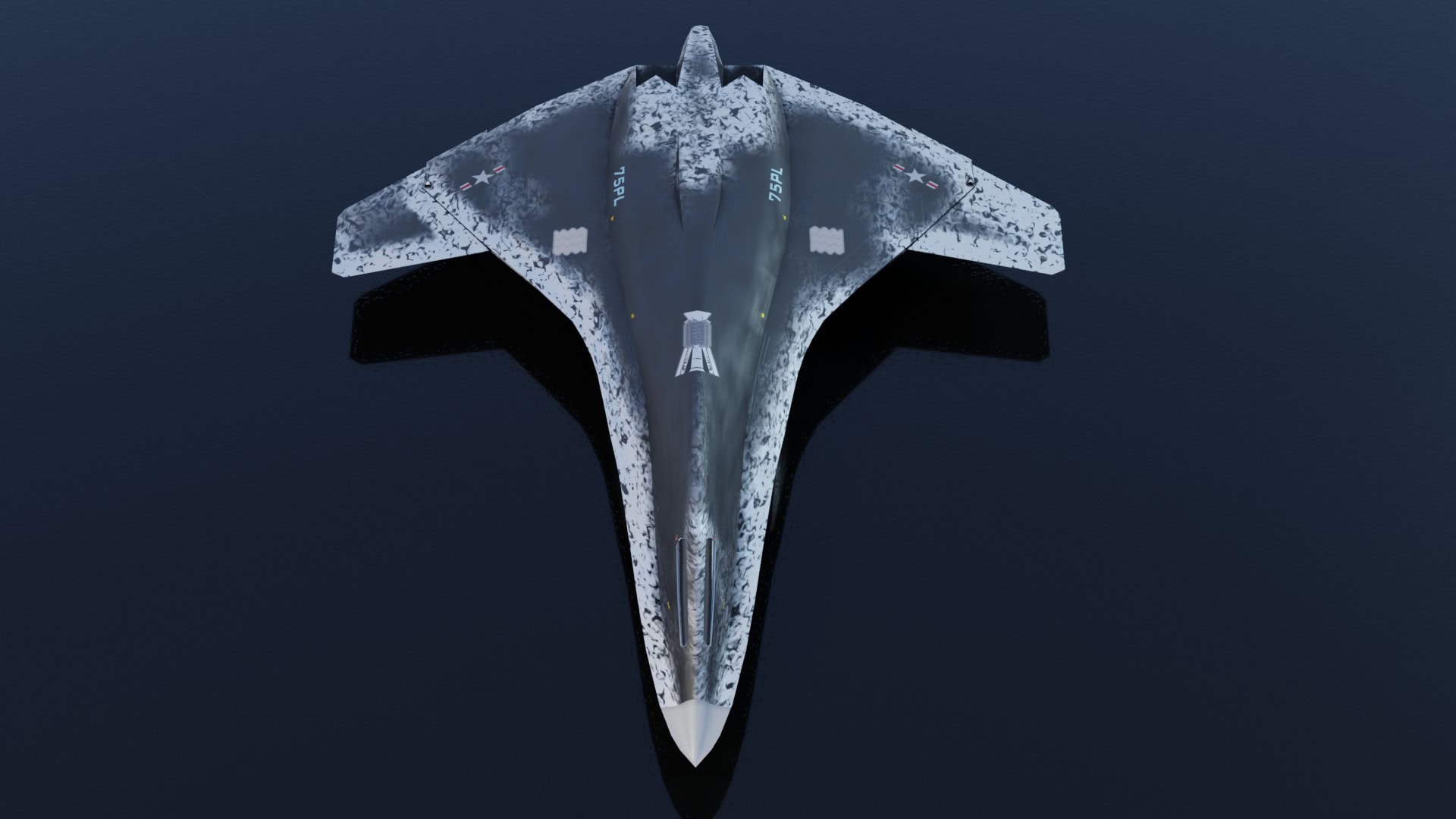Summary and Key Points: President Donald Trump is expected to announce today the Pentagon’s decision on the Next Generation Air Dominance (NGAD) 6th-generation fighter, a highly advanced program intended to replace the F-22.
-Boeing and Lockheed Martin are competing for the contract valued at over $20 billion, with the winner leading initial development.
-The NGAD aircraft, designed for ultra-stealth capabilities and equipped with drones known as Collaborative Combat Aircraft, could carry hypersonic weapons and lasers.
-Despite concerns over the fighter’s estimated cost of $300 million per unit, the Pentagon sees the NGAD as essential for maintaining air dominance against emerging Russian and Chinese threats.
Donald Trump May Announce His Decision on NGAD 6th-Generation Fighter Today
After months of speculation and pearl-clutching, the U.S. government appears to have finally decided on the future of the Next Generation Air Dominance (NGAD) fighter.
The program has been dramatically started and stopped and was most recently on pause until the new Trump national security team could figure out its future.
Now, the Pentagon’s determination is imminent, and the nascent NGAD program may soon get permission to choose a defense contractor to build the sixth-generation warbird.
Boeing or Lockheed Martin Could Win the Deal
President Donald Trump seems likely to announce this decision today at 11 am, at least, that’s what seems likely, putting together several different reports.
Lockheed Martin and Boeing are competing to win the contract worth more than $20 billion.
This is for engineering, research, and development to jump-start a program that wasn’t originally on Secretary of Defense Pete Hegseth’s list of priorities.
More About the NGAD
The NGAD will replace the F-22 stealth fighter. It is a “family or system of systems” airplane with ultra-stealth attributes and the ability to control a “Loyal Wingman” flight of drones called the Collaborative Combat Aircraft.
It could be enabled to carry hypersonic weapons and lasers. Two engine prototypes that have passed review are also competing to power the jet. The sensors and radar would be among the best in the world.
This Will Be One Pricey Fighter Jet
NGAD had been in limbo for months when the Joe Biden administration decided to kick the can down the road until Hegseth could figure out what to do.
The biggest problem was the estimated cost of acquisition. Early estimates pegged the price at $300 million a unit.
It is not entirely clear whether the NGAD will be crewed or uncrewed. The airplane’s design was not concrete, so former Air Force Secretary Frank Kendall decided to stop work and allow Hegseth to review all aspects of the project.
If the airplane comes to fruition, the Air Force could order hundreds of billions of dollars worth of NGAD airplanes once they are tested and evaluated in the early 2030s.
Boeing Is Do For A Win, But Lockheed Martin May Have the Edge
If Boeing could win, it would provide a significant boost to the once vaunted firm that has struggled with civilian aviation, safety concerns, and its space program that has suffered various failures and indignities.
Lockheed Martin could use its famed and secretive Skunk Works facilities to develop the NGAD, which would be a significant selling point.
Lockheed Martin makes the F-35, which is no stranger to expensive and controversial programs.
The Need to Keep Up with China and Russia
The announcement of the contract for the NGAD is something of a surprise. Hegseth has said he wants to cut $50 billion (8 percent) a year for next five years from the defense budget.
He is emphasizing “lethality” of the force and the NGAD would be able to compete with 6th-generation fighter jets from Russia and China.
The NGAD program has fallen behind the Chinese who have flown their next-generation fighter twice if sightings reported on social media are correct.
The NGAD could fly someday with the new B-21 Raider stealth bomber advancing through the procurement process.
Between 100 and 150 new Raiders could be built, and the NGAD would be an important addition to the new bomber as they could fly in formation together someday if all goes according to plan.
About the Author: Dr. Brent M. Eastwood
Brent M. Eastwood, PhD is the author of Don’t Turn Your Back On the World: a Conservative Foreign Policy and Humans, Machines, and Data: Future Trends in Warfare plus two other books. Brent was the founder and CEO of a tech firm that predicted world events using artificial intelligence. He served as a legislative fellow for U.S. Senator Tim Scott and advised the senator on defense and foreign policy issues. He has taught at American University, George Washington University, and George Mason University. Brent is a former U.S. Army Infantry officer. He can be followed on X @BMEastwood.

